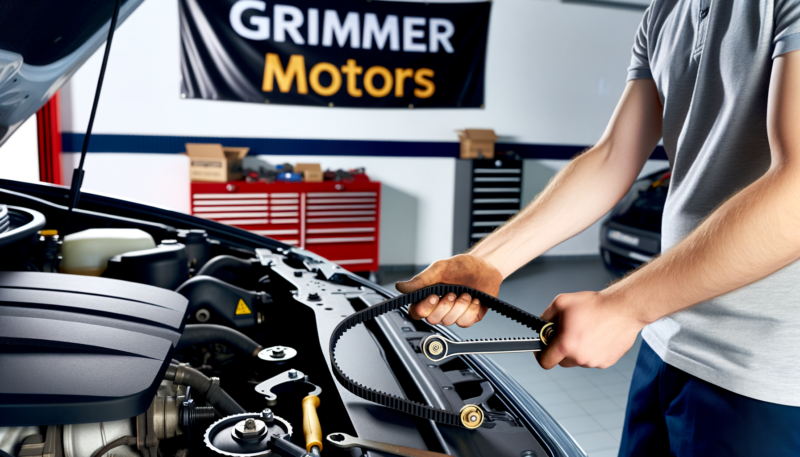A squeaky drive belt can be more than just an annoyance; it can signal underlying issues that need prompt attention. Here are three quick fixes that can help you silence that squeak and keep your vehicle running smoothly.
1. Inspect and Adjust Belt Tension
Ensure Proper Tension for Smooth Operation
The first step in addressing a squeaky drive belt is to inspect and adjust its tension. Over time, belts can loosen, leading to slippage and noise. To check the tension, press down on the belt midway between pulleys; it should have about half an inch of give. If it’s too loose or too tight, adjust the tensioner according to your vehicle’s specifications. Proper tension not only eliminates the squeak but also prevents premature wear and tear on the belt and pulleys, ensuring optimal performance and longevity.
For a more detailed guide on adjusting belt tension, check out our post on common car maintenance mistakes.
2. Clean the Belt and Pulleys
Remove Dirt and Debris for Quiet Operation
Dirt, grime, and debris can accumulate on the drive belt and pulleys, causing friction that leads to squeaking. Cleaning these components is an effective way to address noise issues. Use a clean cloth and a belt dressing or cleaner designed for automotive use. Scrub the belt and pulleys thoroughly to remove any buildup. This simple maintenance step can dramatically reduce noise and improve the overall efficiency of your vehicle’s belt-driven systems.
For more insights into keeping your car in top condition, consider our tips for reducing emissions and saving fuel.
3. Replace Worn or Damaged Belts
Ensure Reliability with Fresh Components
If inspection and cleaning don’t resolve the squeak, it may be time to replace the drive belt. Over time, belts can become glazed, cracked, or frayed, which compromises their function and causes noise. Check for signs of wear and tear, such as visible cracks or a shiny, glazed appearance on the belt surface. Replacing a worn belt with a new, high-quality component will not only eliminate the squeak but also enhance the reliability and performance of your vehicle.
For more information on related repairs, you can read our article on engine damage symptoms.
Conclusion
Addressing a squeaky drive belt promptly can prevent more serious issues down the road. By inspecting and adjusting belt tension, cleaning the belt and pulleys, and replacing worn or damaged belts, you can ensure your vehicle runs smoothly and quietly. Have you experienced a squeaky drive belt? What steps did you take to fix it? Share your tips and experiences with us!
For professional help with your drive belt issues or any other car maintenance needs, visit Grimmer Motors. With years of experience and a dedicated team of experts, we are the top choice for Hamilton residents looking for reliable and efficient automotive services. Reach out to us today!

